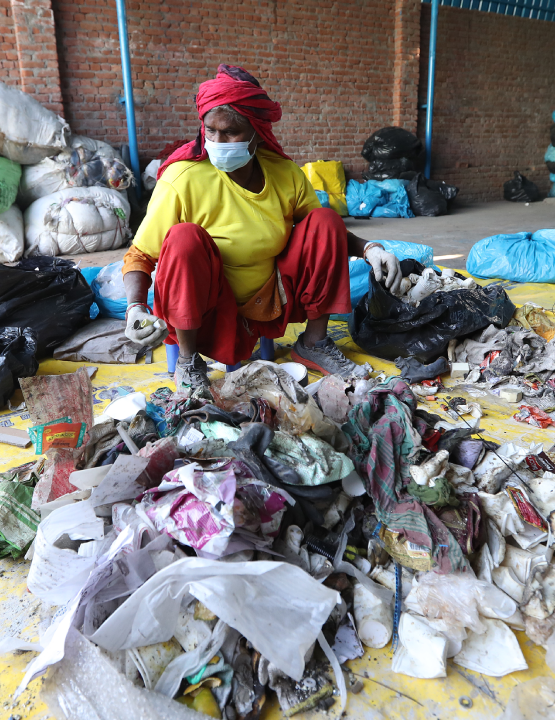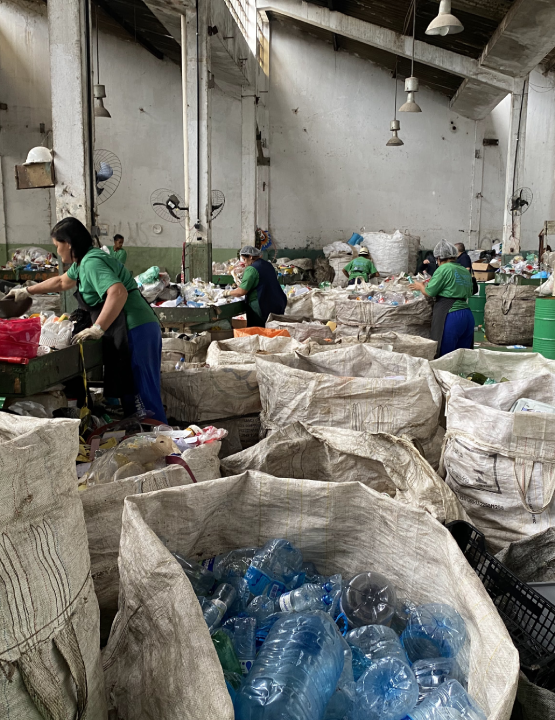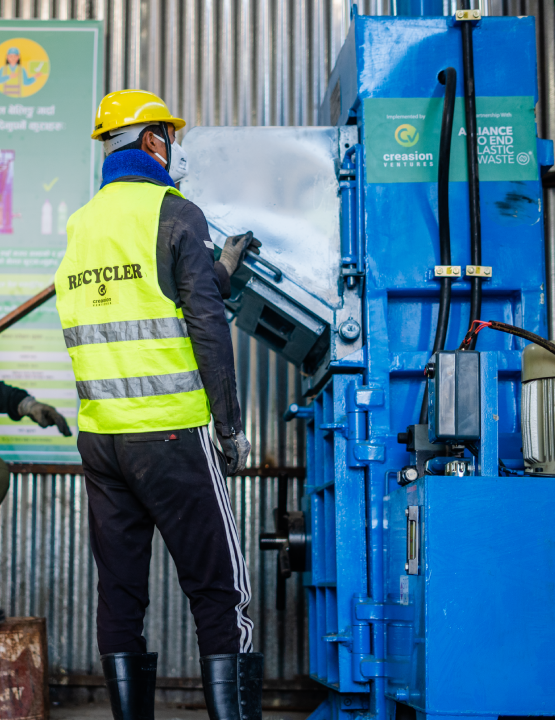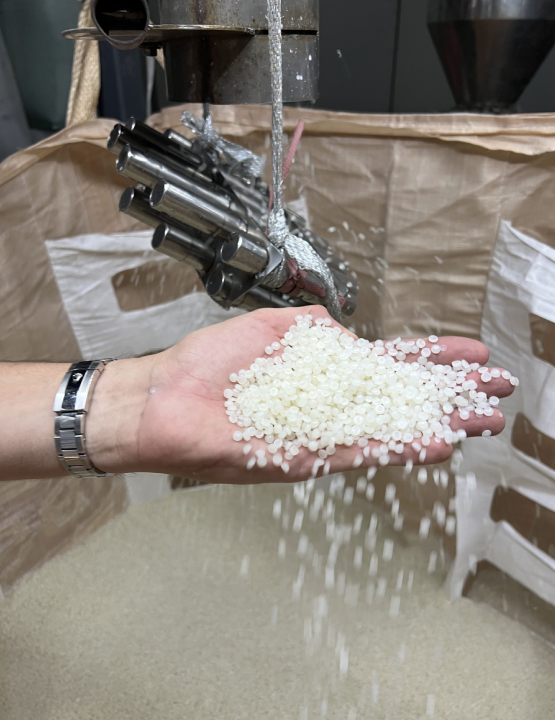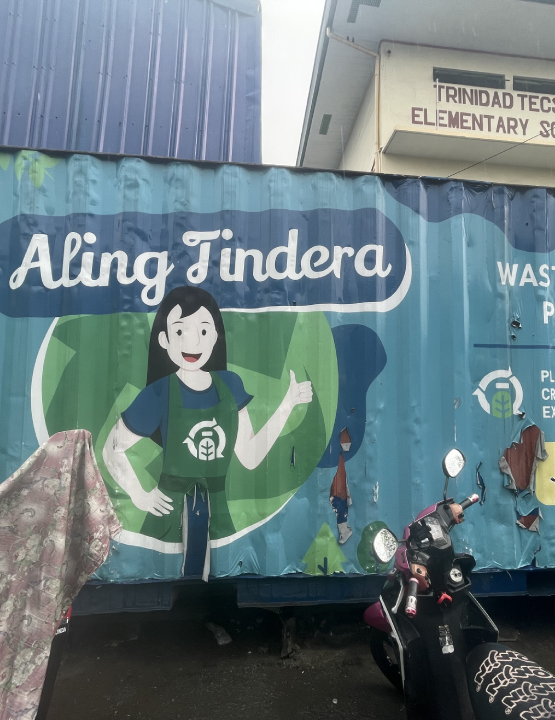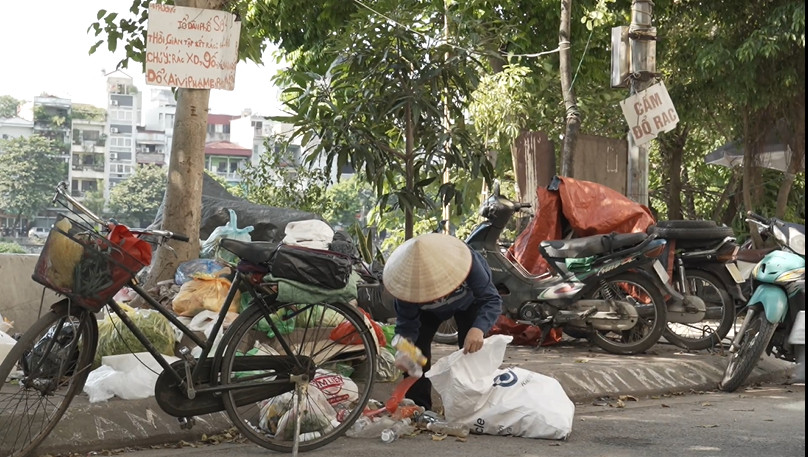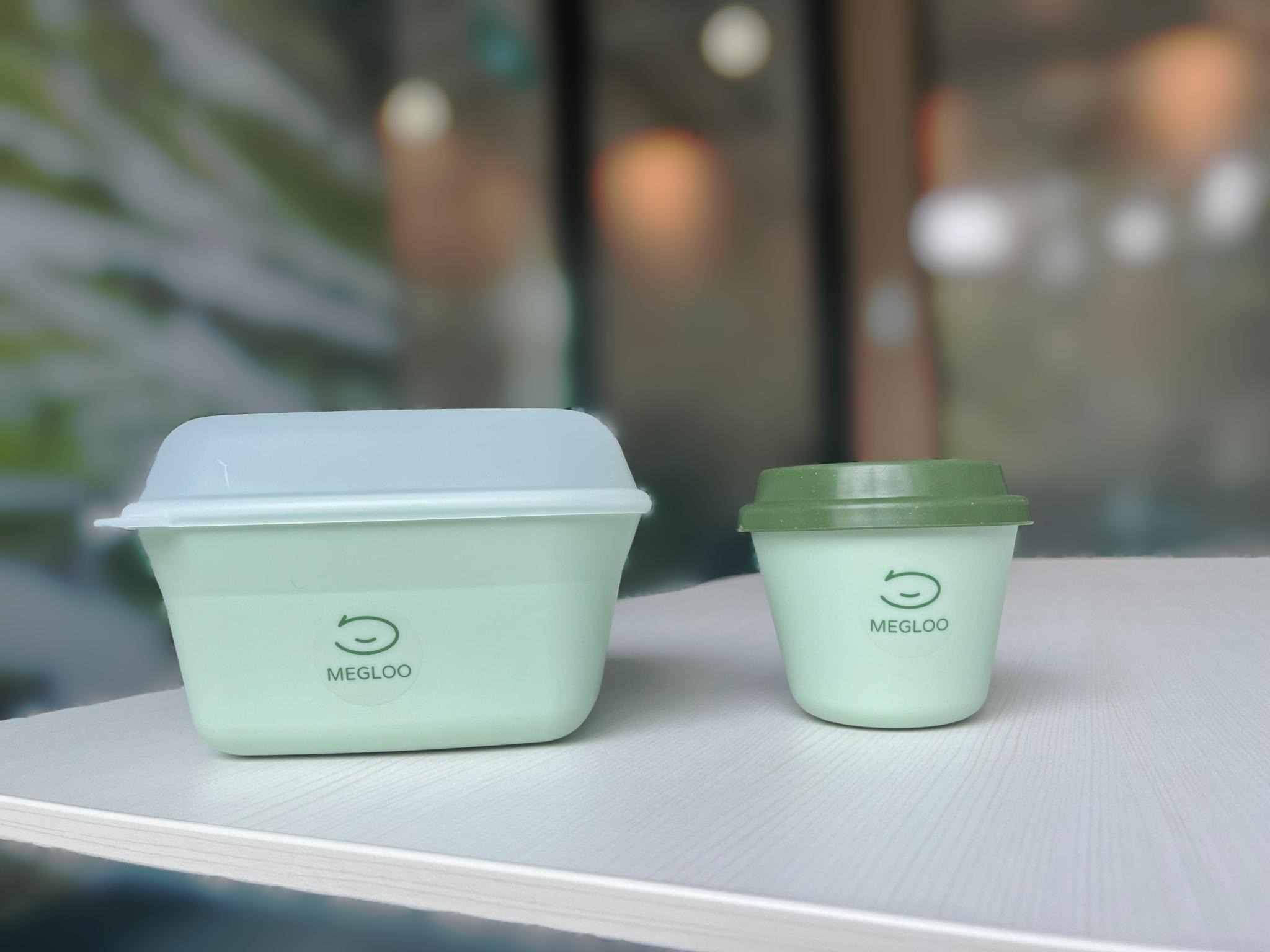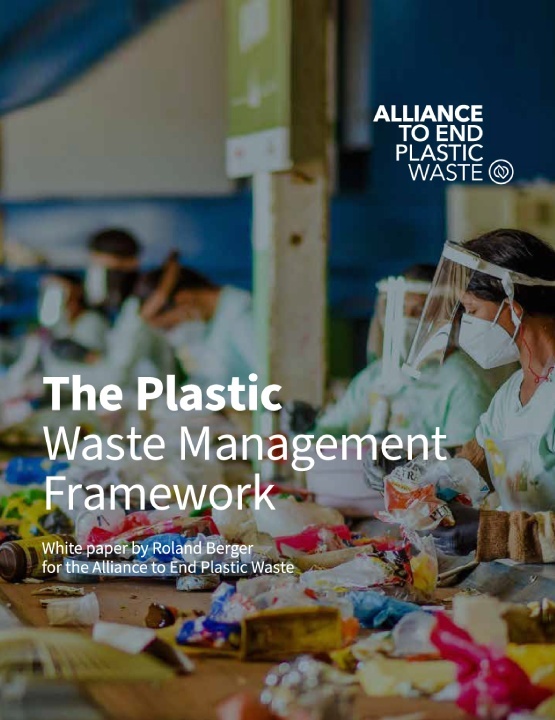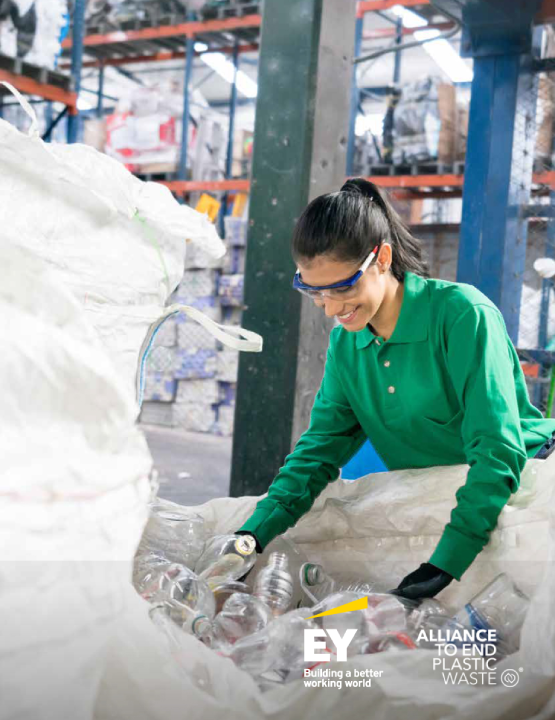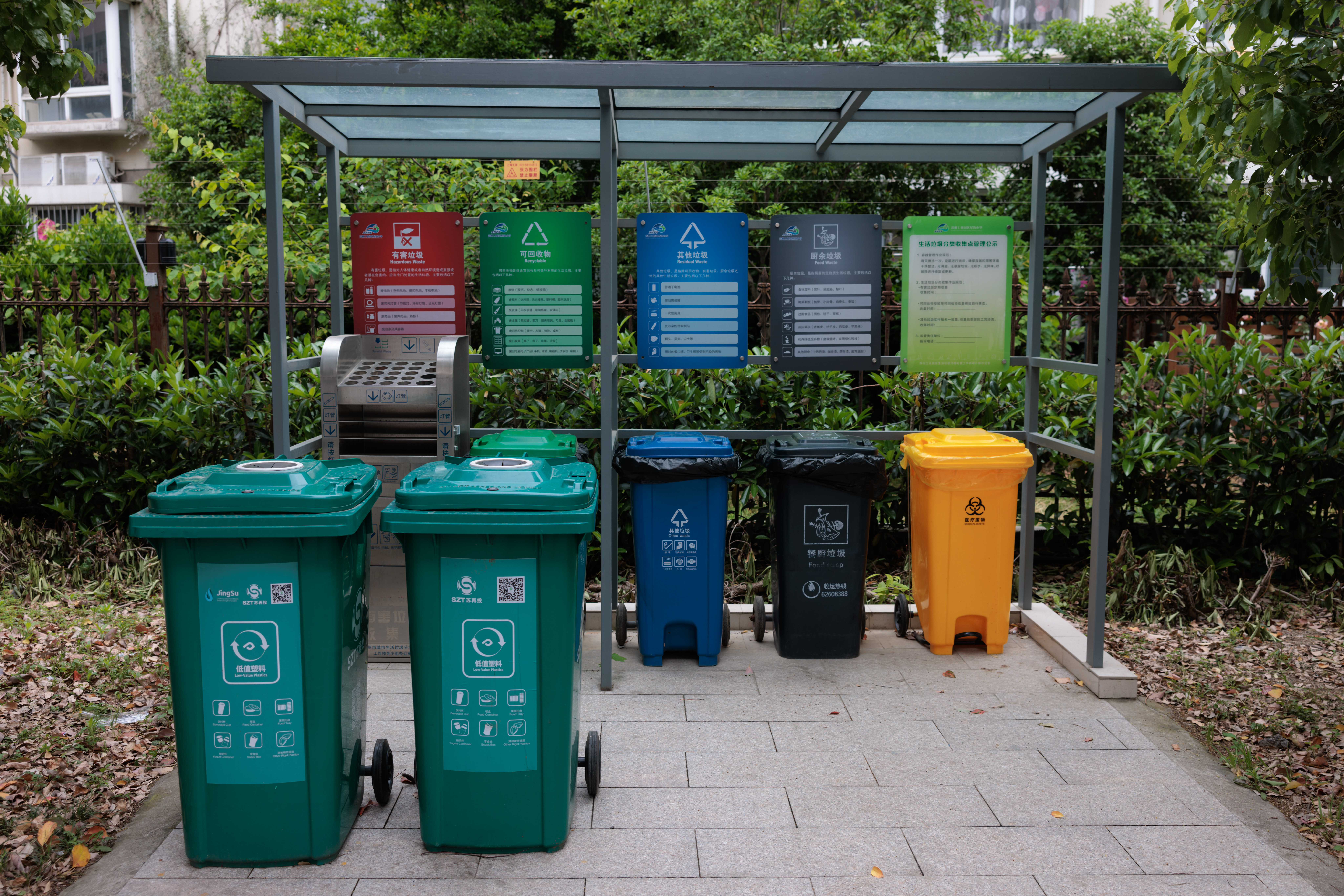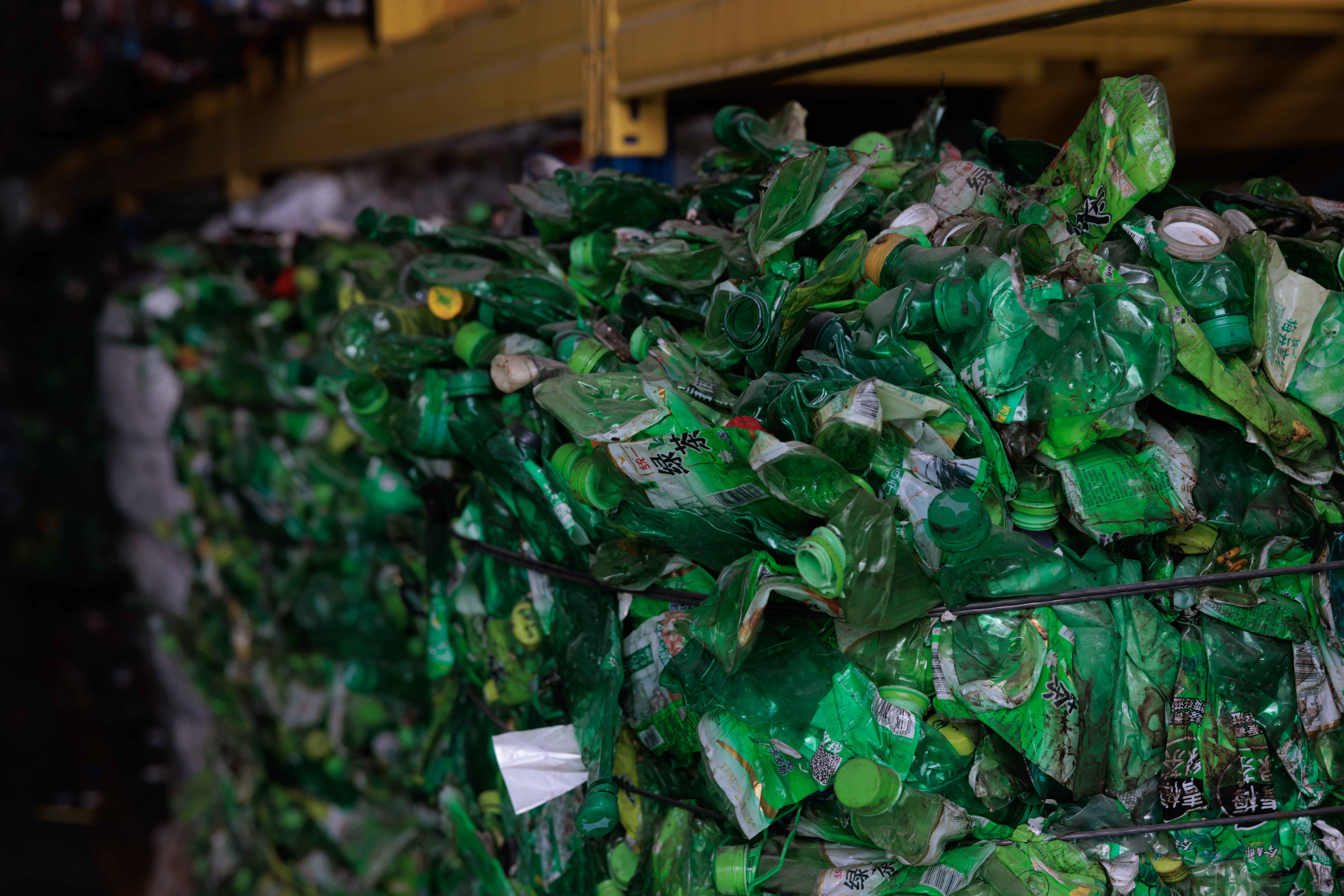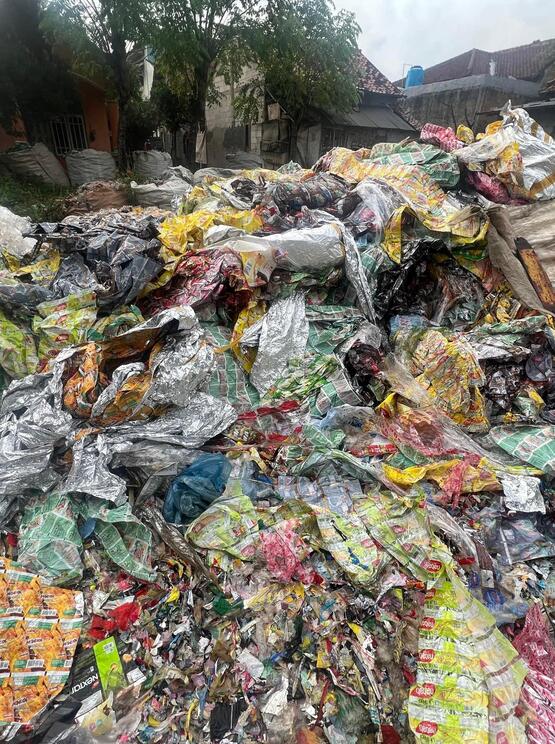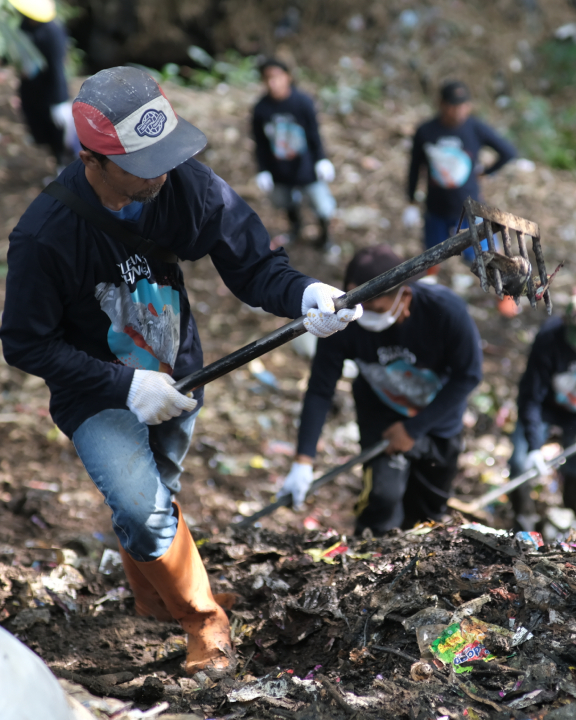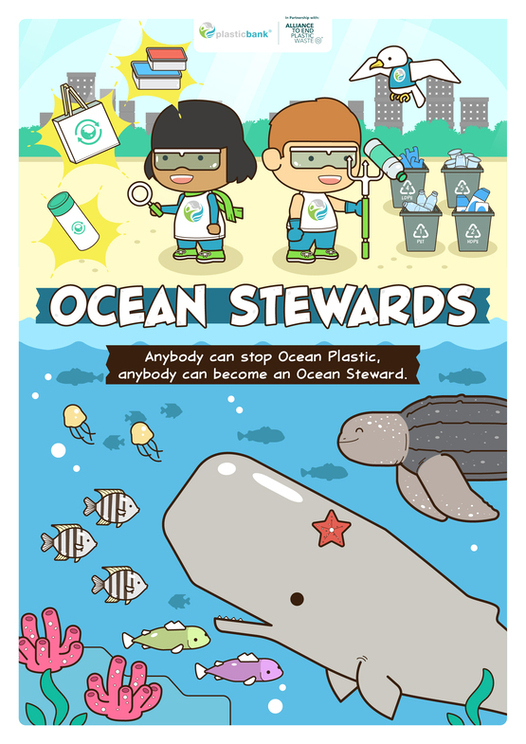The JingSu initiative takes on Suzhou’s mountain of take-out trash, directing food and beverage waste towards over 300 collection points that have been set up around the city and in schools. Tracking platforms then document its onward journey to co-processing and recycling.
Suzhou, China
JingSu – Creating Value from Plastic Waste along the Yangtze
The JingSu project helps reduce the flow of plastic waste into the Yangtze River by collecting, sorting, and recycling the growing volume of single-use food and beverage containers, increasing the scope of what is considered recyclable.
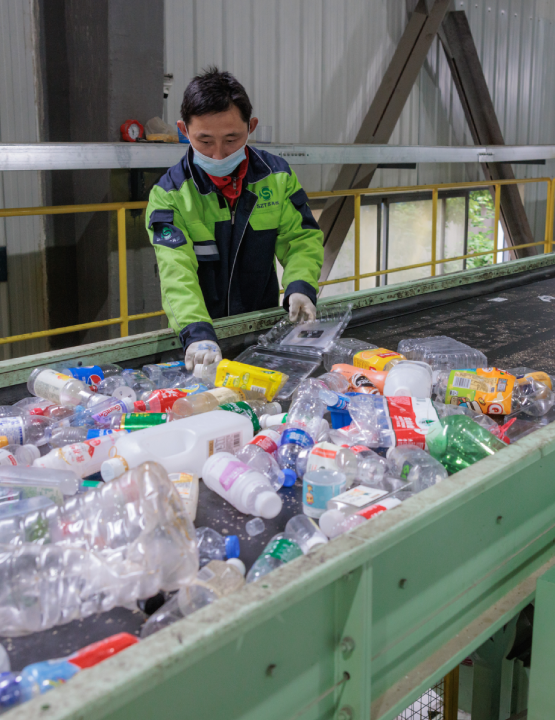
Overview
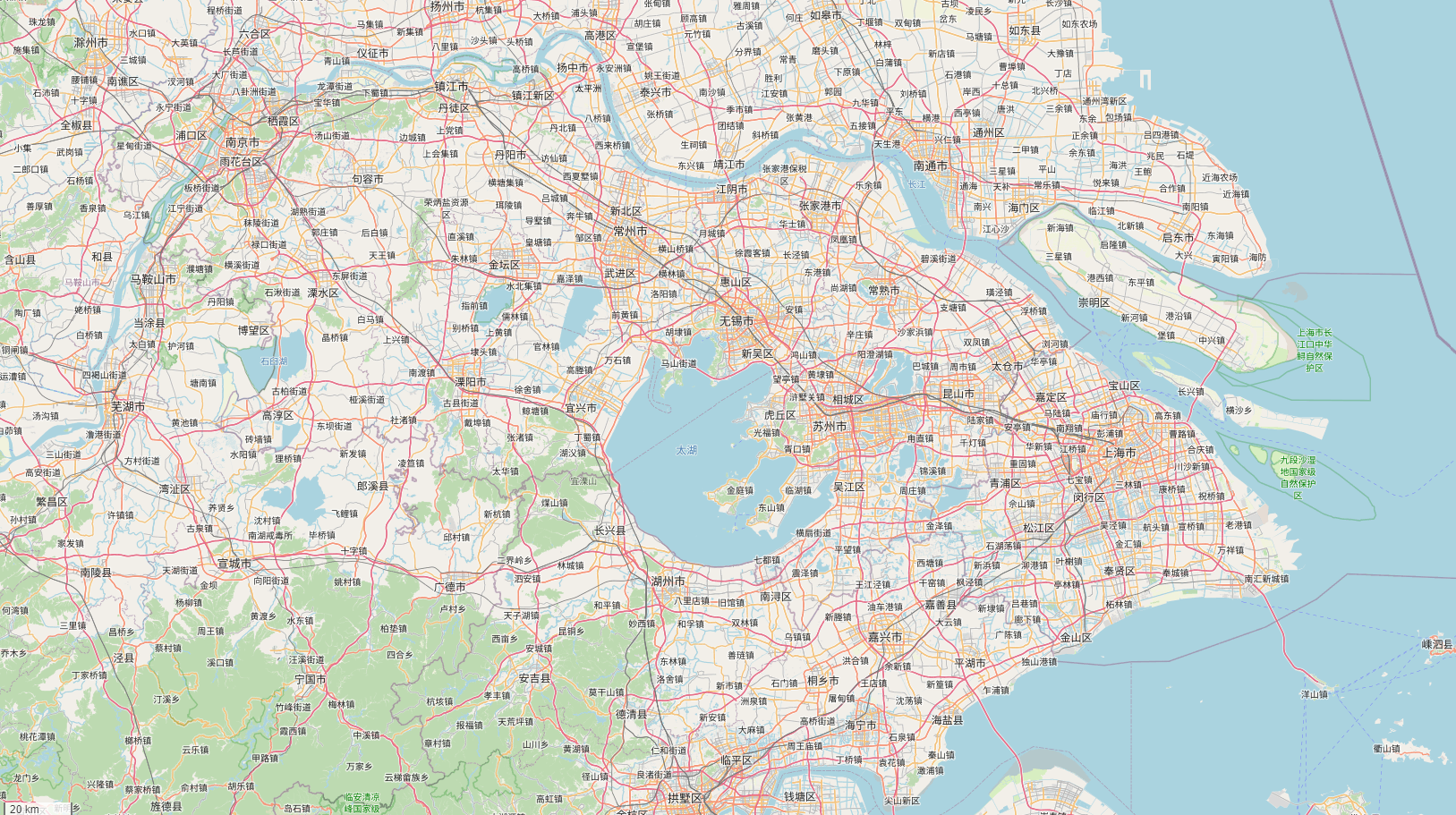
Location
Suzhou, China
Partner
Deutsche Gesellschaft für Internationale Zusammenarbeit (GIZ), Suzhou Resource Recycling Investment & Development Co., Ltd
Achieved
- No. of People with New or Improved Access to Waste Management Services: 1.5 million
- No. of officers from Suzhou Municipal Waste Management department trained in sustainable plastic waste management: 62
- No. of community collection points in Suzhou: 117
- No. of collection points in Suzhou City schools: 201
Stepped Up Efforts to Net Take-Out Trash in Suzhou
The explosion of food delivery in China and corresponding growth of single-use plastic containers, cups and spoons, have seen a massive increase in plastic waste in the country, much of which is considered “low-value”, and at risk of leaking into the environment.
In the city of Suzhou, Deutsche Gesellschaft für Internationale Zusammenarbeit (GIZ) is addressing this through an initiative that diverts these plastics to one of more than 300 newly-upgraded and installed collection points – and away from the Yangtze basin, on which the city sits.
Working with materials recovery facility operator SuZaiTou (SZT) under Project JingSu – Creating Value from Plastic Waste along the Yangtze, GIZ has set up more than 117 drop-off points in three Suzhou districts earmarked for their prevalent use of single-use food and beverage containers (FaBCs). A further 201 collection points have been set up in the city’s primary and junior middle schools.
The Alliance-funded initiative adds to efforts under China’s Plastic Pollution Control Action Plan, which is aimed at substantially reducing plastic waste by 2025.
The initiative brings together local authorities, businesses, educational institutions, NGOs and residents to implement a sustainable system for managing FaBCs. This includes developing strategies and building capacity at city level to monitor, collect, sort and recycle low-value plastic waste; raising awareness among residents; using data-driven tracking platforms to increase traceability and recyclability; and exploring innovative business models and processing solutions for low-value plastics.
By integrating a collection and sorting system for FaBCs into the city’s waste management in Suzhou, it also increases the scope of what is considered recyclable.
Collection began in stages from June 2022, and despite interruptions arising from COVID-19 restrictions late that year, the initiative resulted in the collection of 473 tonnes of FaBCs by February 2023.
Plastic collected under the initiative is transported to the newly developed Baiyangwan sorting centre, which began operations in October 2022, with a capacity for processing some 60 tonnes of plastic a day, which are then baled and sold to recyclers. By December 2023, the centre expects to process some 612 tonnes a month.
Going forward, a priority will be to boost collection at the community and school-based points.
On the drawing board is a “Plastic-Free Childhood” programme that targets the 220,000 students in the city’s primary and junior middle schools, rewarding them for recording the quantity of FaBCs they have collected with stationery made from the recycled plastic.
Meanwhile, more collection points will be set up in Suzhou’s commercial district under a tie up with Meituan, China’s largest delivery platform. Meituan holds a 69% share of the 1 trillion yuan delivery market.
SZT is also considering other ways of increasing collection volumes, including tying up with large catering enterprises, as well as with office buildings, government offices and commercial food courts.
